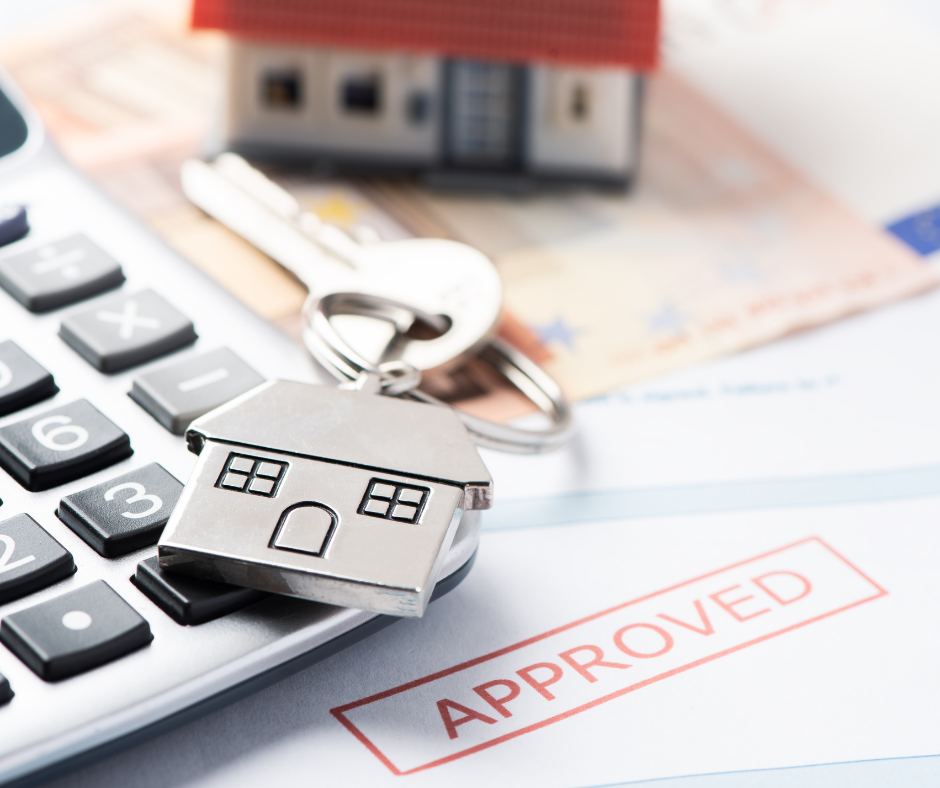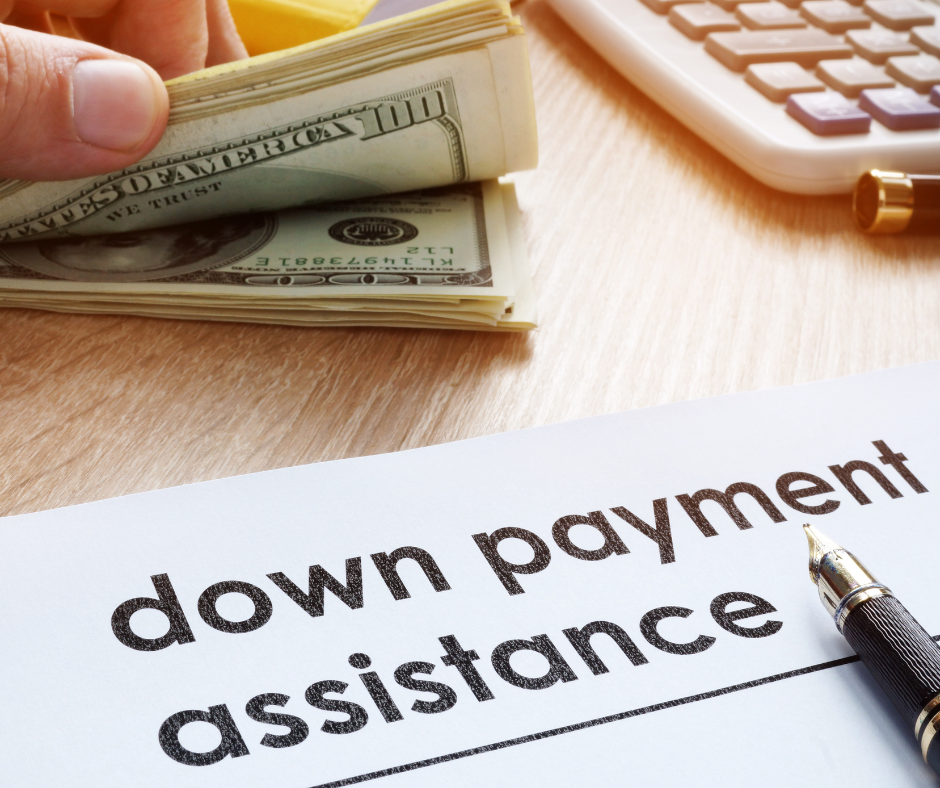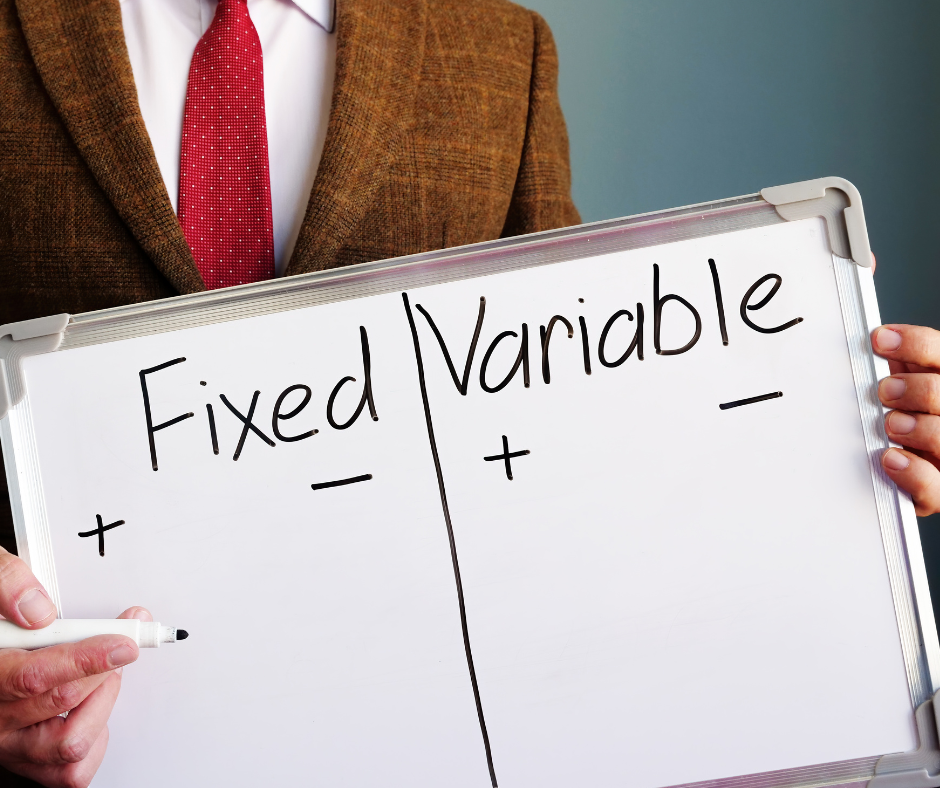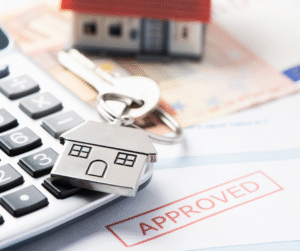Mortgage pre-approval: why it matters and how to get it
Learn why mortgage pre-approval matters, how it helps you set a clear budget, and the steps to get started.
Mortgage pre-approval is one of the most important first steps in the home-buying journey, yet many buyers overlook it or misunderstand its purpose.

If you’re planning to buy a home, getting pre-approved can help you:
- understand what’s financially possible;
- avoid common roadblocks;
- position yourself as a strong, well-prepared buyer in the eyes of sellers.
Feeling uncertain about how much you can afford, whether you’ll qualify for a loan, or how to make a strong offer? These are common challenges for both first-time and experienced homebuyers.
Fortunately, mortgage pre-approval addresses many of these concerns early on. In this blogpost, you’ll learn why it matters, how it works, and the steps you can take to get started.
What is mortgage pre-approval, and why does it matter?
Mortgage pre-approval is a lender’s written estimate of how much money you may be able to borrow based on your current financial situation. To get pre-approved, you’ll need to submit financial documents, authorize a credit check, and answer questions about your income, employment, and debt.
It’s different from a pre-qualification, which is usually a quick, informal assessment that doesn’t verify your details. Pre-approval, on the other hand, involves a deeper look and results in a letter from the lender that shows you’re a serious buyer.
Here’s why that matters:
- It helps define your realistic budget;
- It tells sellers you’re financially prepared;
- It speeds up the final mortgage process;
- It helps your real estate agent focus on homes that match your financial profile.
Without pre-approval, you could end up wasting time, or worse, losing out on a home to a buyer who’s already pre-approved.
Step-by-step: how to get pre-approved for a mortgage
Getting pre-approved may seem intimidating, but breaking it into simple steps can make the process more manageable.
1. Check your credit
Start by reviewing your credit score and credit reports. Look for errors or accounts that need to be paid off. Your credit history plays a big role in whether you’re approved and at what interest rate.
2. Gather key financial documents
Lenders will usually ask for:
- Two years of tax returns
- Recent pay stubs
- Bank account statements
- W-2s or 1099s
- A list of current debts and monthly payments
Being organized with your paperwork can speed things up and reduce back-and-forth.
3. Research and compare lenders
Different lenders offer different rates, fees, and levels of customer service. Compare a few before you apply so you can choose the one that best fits your needs and financial goals.
4. Submit an application
Once you’ve selected a lender, fill out their pre-approval application. Expect a credit inquiry and questions about your income, assets, and employment.
5. Get your pre-approval letter
If all goes well, you’ll receive a pre-approval letter stating how much you may be able to borrow. Most letters are valid for 60–90 days and can be renewed if needed.
Start with confidence
Getting mortgage pre-approval gives you a head start in a competitive real estate market. It doesn’t lock you into a specific lender, nor does it guarantee final approval, but it does help you shop with confidence, focus your home search, and prepare for what’s ahead.
More than anything, pre-approval sets expectations. It brings structure to the process and helps reduce surprises later. Whether you’re buying your first home or your fifth, starting with pre-approval is a smart, strategic move.






